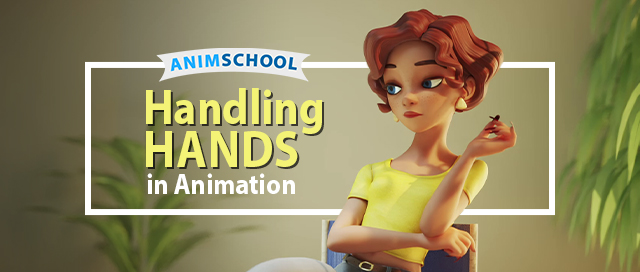
Animating a new shot can be an incredibly daunting task. Not only do you have to figure out your staging, your poses, and your story, but in order to have a truly successful shot, you need to find your rhythm. What does rhythm have to do with animation?
Rhythm is how an animator can find drama and excitement in the smallest of actions. It is how emotion and movement can create tension or stillness. By using contrasting beats and a variation of rhythm to guide your character, the viewer is able to follow your characters seamlessly through their story. But how? There is no one way to show rhythm in animation but a great place to look is in body language and in the movement of the hands.
In this lecture, Animschool Instructor Brendan Kirschbaum uses feature film animation to demonstrate the successful use of rhythm to animate the smallest details of the hands. In his frame-by-frame analysis of The Incredibles, he dives past the scene audiences know and love to the complex and detailed rhythmic animation underneath.
The use of hands and body language helps build character identity and bring moments to life. In a particular scene from The Incredibles, Bob is shown entering the scene very casually and relaxed before being surprised by his wife and snapping into a surprised, ninja-like pose. His hands are used to support his poses and punctuate the scene to reveal aspects of his mindset. A seemingly simple gesture, like the way a hand rests or moves, can reveal a lot about how a character is feeling—whether relaxed, intense, or sarcastic.
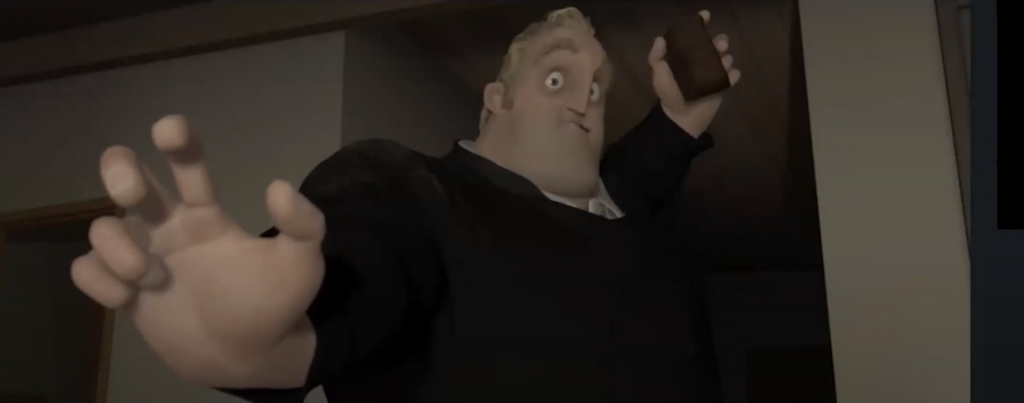
Later on in the same scene, Helen makes a point to pick something small up from Bob’s clothing. The placement of her fingers in specific poses is deliberately designed to not only draw the viewer’s attention, but also create visually appealing shapes, making the character’s gestures feel more intentional and expressive. Small changes—such as separating a finger or slightly bending a hand—can drastically improve the appeal of a pose and make the gesture more believable.
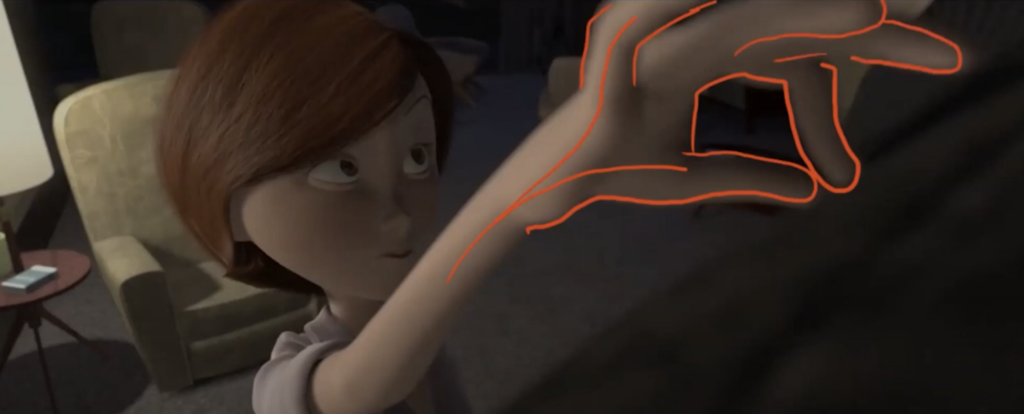
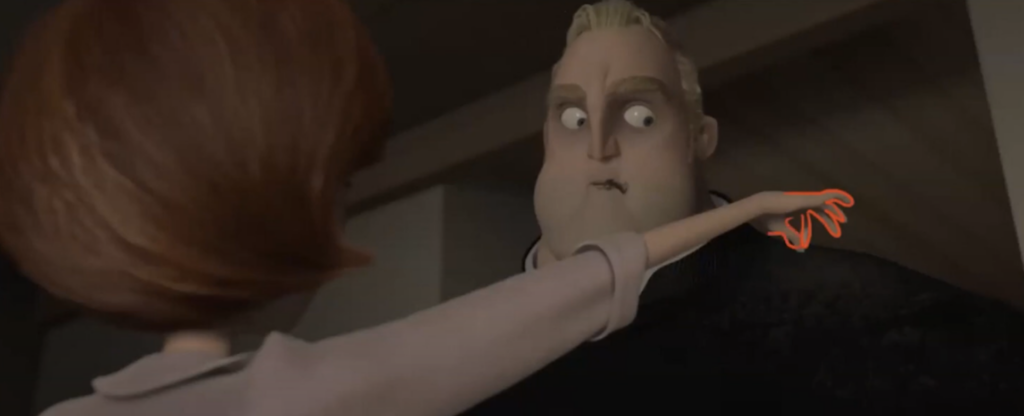
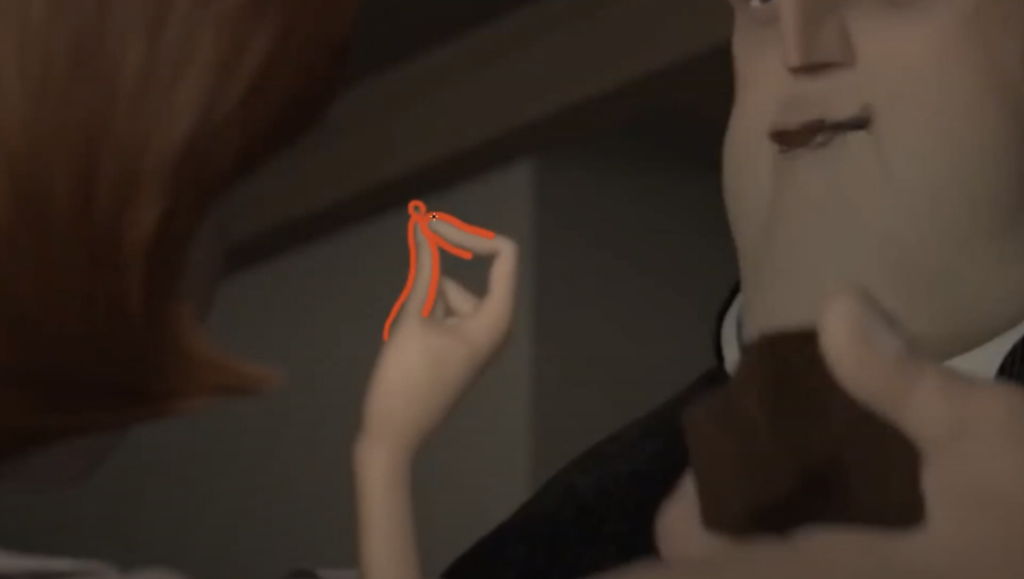
As Bob and Helen continue to converse, Bob employs a subtle finger spread on the word “fire” to emphasize the seriousness of the situation. Albeit short, taking place over the course of just three to four frames, it accentuates the moment. Similar hand gestures are used throughout to highlight key points and convey nuanced emotions without overwhelming the overall scene – the balance here is crucial, as the overuse of hand gestures can create an unnatural feeling.
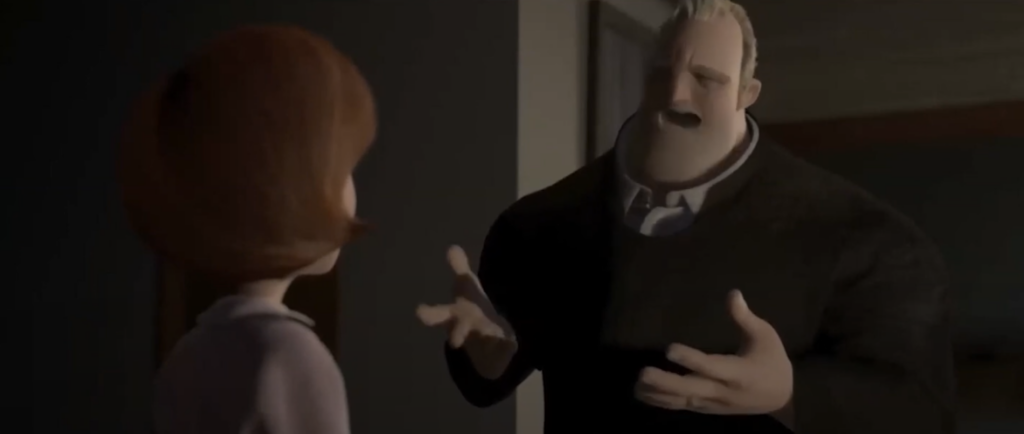
Ultimately, hands in animation are not just tools for communication—they are extensions of the character themselves. Whether used to express sarcasm, highlight a dramatic moment, or reveal a character’s inner world, the hands add complexity to animated performances, making them one of the most important elements in conveying story and emotion.
Watch the full clip from an AnimSchool lecture here:
At AnimSchool, we teach students who want to make 3D characters move and act. Our instructors are professionals at film and game animation studios like Dreamworks, Pixar, Sony Pictures, Blizzard & Disney. Get LIVE feedback on your Animation from the pros. Learn more at https://animschool.edu/

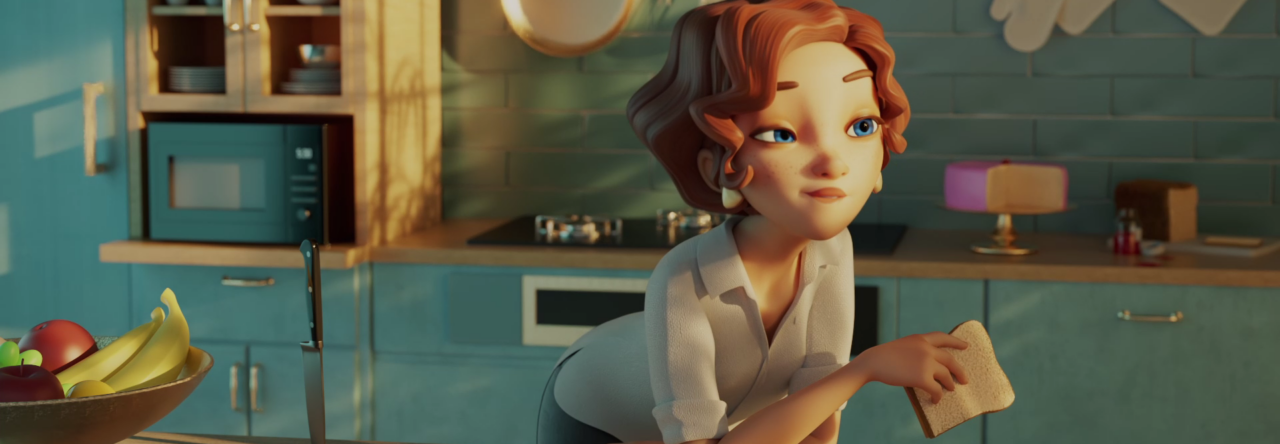
Leave a Reply